
Excavation of a complex of premises in the suburbs of Pompeii opens up new horizons for archaeologists for research and delights with finds.
Pompeii is an ancient city of Rome. It is now an open-air excavation site and museum in the Campania region of Italy, near Naples. The eruption of Mount Vesuvius in AD 79 destroyed three cities, including Pompeii. Life froze under a five-meter layer of volcanic dust. Furnished houses, streets, people and animals, everything died and at the same time was preserved as a result of the incredible force of the eruption. The first excavations began in 1763. Nowadays, one third of the territory remains unexcavated. (Wikipedia)
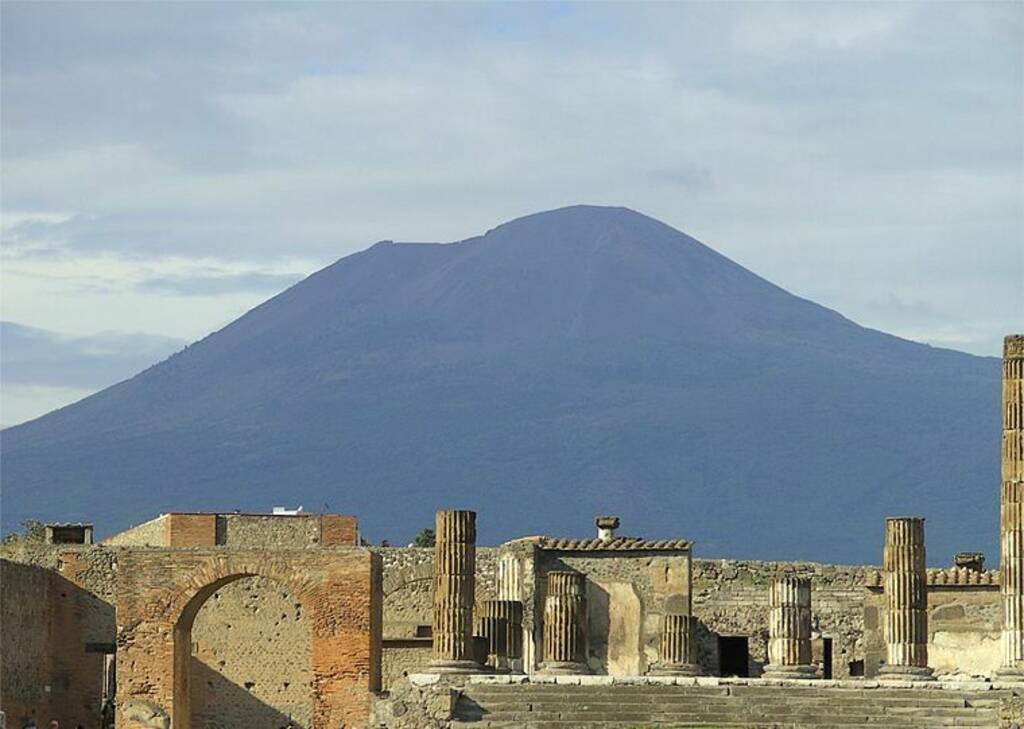
The ruins of Pompeii on the background of Vesuvius. Photo: Wikipedia.
"These finds demonstrate the state's commitment and ability to stop the scourge of clandestine excavations and the trade in archaeological goods, and are an important response to the havoc wreaked by grave robbers over the years. Pompeii is the pride of Italy, and we intend to continue to protect and popularize the heritage that is unique in the whole world," says Minister of Culture Gennaro Sangiuliano.
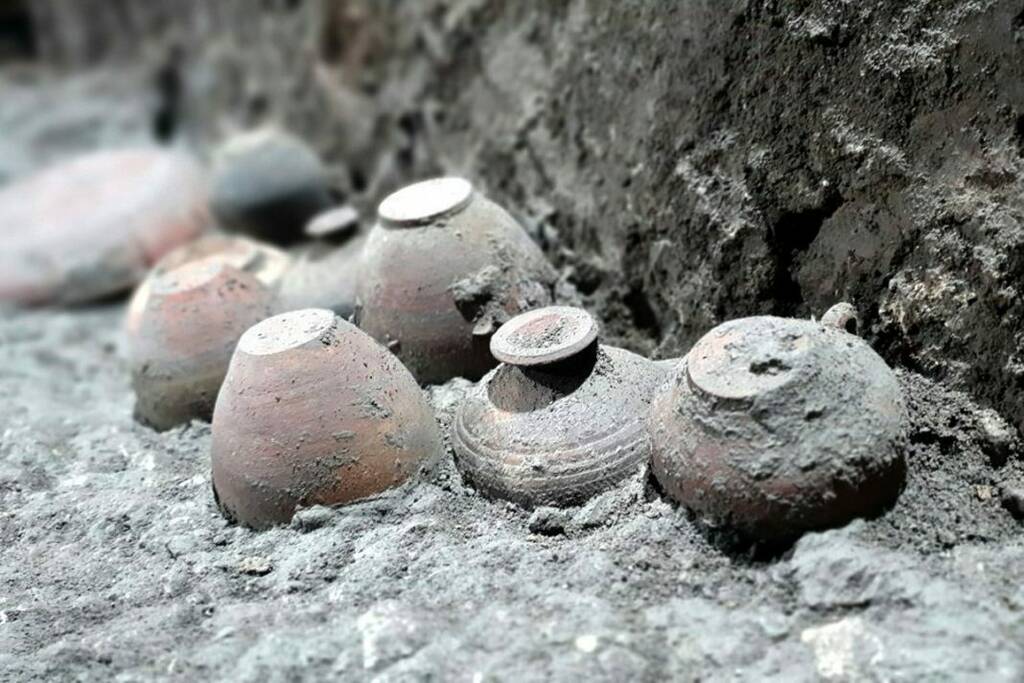
Jugs are displayed upside down along the walls. Pompeii Archaeological Park.
Near the main street that ran through the entire city, a piece of the floor in the form of a mosaic was unearthed. This mosaic floor was once part of a house destroyed after an earthquake, and in the 2nd century AD. a network of baths was built in its place.
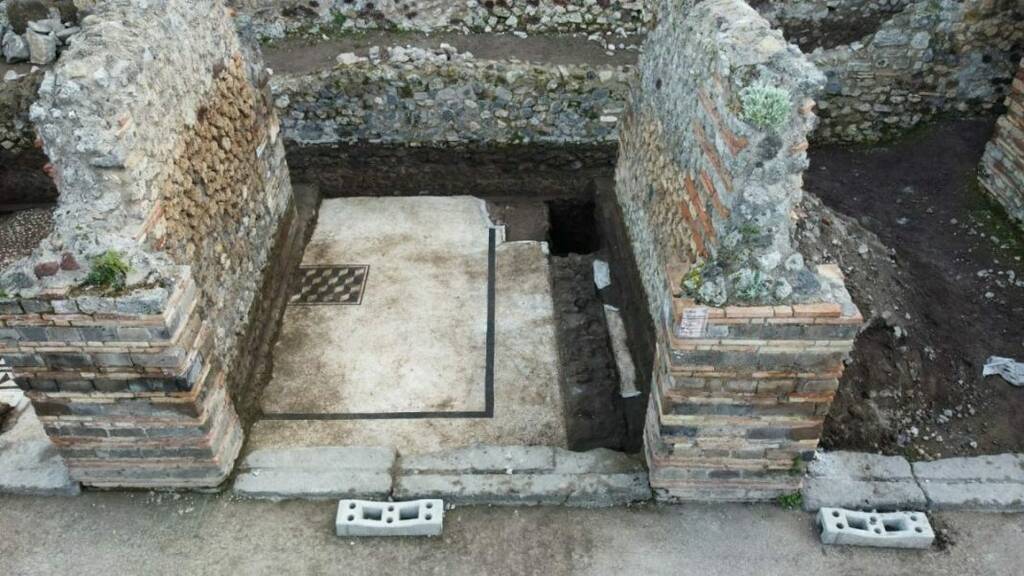
Mosaic floor. Pompeii Archaeological Park.
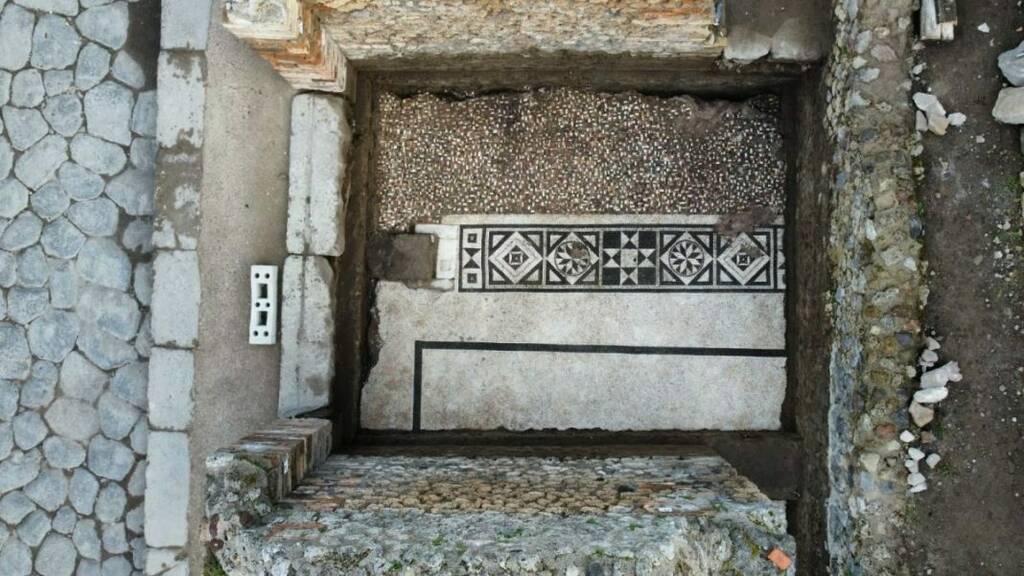
Mosaics. Pompeii Archaeological Park.
Group leader Gabriel Zuchtrigel comments: “Thanks to new research from the Universities of Berlin and Naples, today we can begin to rewrite the history of the quarter, adding the next chapter dedicated to the luxurious domus with exceptional mosaics. and the spacious rooms that occupied the western part of the baths until several decades before the eruption of AD 79.'”
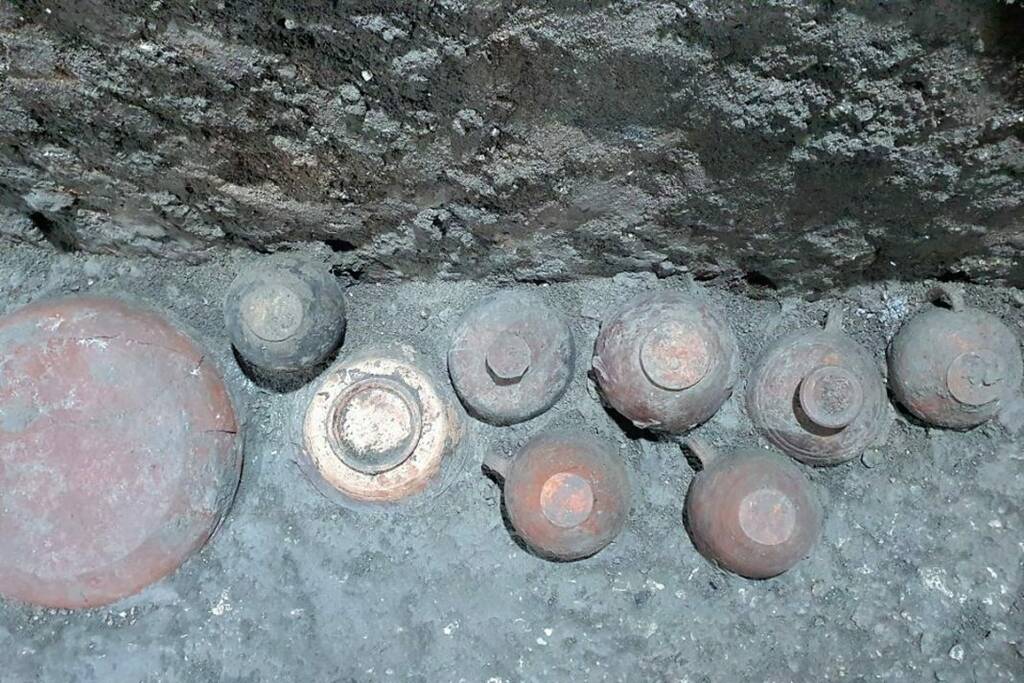
Surviving jugs were found during excavations. Pompeii Archaeological Park.
